Home> Company News> How To Adjust Your Pressure Pump - The Basics
Pressure pumps are widely used in various industries for different applications, including water supply, irrigation, and firefighting. These pumps work by increasing the pressure of the water flowing through them to the desired level. To ensure optimal performance of the system, it is essential to adjust the pressure pump correctly. In this tutorial, we will provide you with the basic knowledge and steps required to adjust your pressure pump accurately.
Having a basic understanding of pressure pumps and their components is necessary before proceeding to adjust them. In the next section, we will discuss the components of a pressure pump.
Understanding Pressure Pumps and their Components
Pressure pumps are machines that are designed to increase the pressure of fluids that flow through them. They are widely used in various industries, including agriculture, manufacturing, and firefighting. Pressure pumps are used to increase water pressure to a desired level, allowing for better water flow and more efficient operation of equipment.
The main components of a pressure pump include a motor, impeller, pressure switch, and pressure tank. The motor powers the impeller, which increases the pressure of the water flowing through the pump. The pressure switch controls the on/off of the motor based on the pressure level in the tank. The pressure tank stores the water and maintains the desired pressure level in the system.
Different types of pressure pumps are available, including centrifugal pumps, jet pumps, and submersible pumps. Each type has its unique features and applications, and understanding them can help in selecting the right pump for a specific application.
Importance of Adjusting a Pressure Pump
Pressure pumps are designed to maintain a consistent pressure level to ensure optimal performance and efficiency in various applications. For example, in a residential water supply system, the pressure pump is responsible for maintaining consistent water pressure throughout the house. In agricultural irrigation systems, pressure pumps are responsible for maintaining consistent pressure levels to ensure adequate water distribution to the crops.
Adjusting a pressure pump correctly is crucial to ensure that the system operates within the desired pressure range. An over-pressurized system can lead to water waste, burst pipes, leaks, and damages to the system's components. On the other hand, an under-pressurized system can cause inadequate water flow and result in decreased efficiency and productivity.
By adjusting the pressure pump correctly, you can maintain the desired pressure level and prevent any damage to the system. This not only ensures optimal performance but also prolongs the lifespan of the system's components, saving you time and money in the long run.

Steps to Adjust a Pressure Pump
When adjusting a pressure pump, it is important to follow the correct steps to ensure optimal performance and prevent any damage to the system. Here are the basic steps to adjust a pressure pump:
-
Turn off the power supply to the pump: Before adjusting the pressure pump, it is important to turn off the power supply to avoid any electrical hazards.
-
Locate the pressure switch and remove the cover: The pressure switch is typically located near the pump or on the pressure tank. Remove the cover to access the pressure switch.
-
Adjust the pressure switch: The pressure switch has a nut that can be turned clockwise to increase the pressure or anti-clockwise to decrease it. Adjust the nut as necessary to achieve the desired pressure level.
-
Replace the cover and turn on the power supply to the pump: After adjusting the pressure switch, replace the cover and turn on the power supply to the pump.
-
Check the pressure level in the tank using a pressure gauge: To verify that the pressure level matches the desired pressure level, use a pressure gauge to check the pressure level in the tank.
If the pressure level does not match the desired level, repeat the steps above until the desired pressure level is achieved.
It is important to note that adjusting a pressure pump requires caution and proper knowledge of the system. If you are unsure or inexperienced, it is recommended to seek the assistance of a qualified professional to avoid any damage or injury.
Troubleshooting Common Pressure Pump Problems
As with any mechanical device, pressure pumps can encounter problems that affect their performance. Here are some common pressure pump problems and their solutions:
-
Low pressure or no water flow: This problem could be caused by a faulty pressure switch, a clogged impeller, or a leaking pipe. To troubleshoot this issue, check the pressure switch and impeller for any signs of damage or obstruction. If the switch or impeller is damaged, they will need to be replaced. Check the pipes for any leaks or clogs and address them as necessary.
-
High pressure or frequent on/off cycles: This problem could be caused by a malfunctioning pressure tank, a damaged pressure switch, or a defective impeller. Check the pressure tank for any leaks or damage and replace it if necessary. If the pressure switch or impeller is damaged, they will also need to be replaced.
-
Leaking pressure tank: A leaking pressure tank can cause a drop in pressure and reduce the pump's efficiency. Check the tank for any visible signs of damage or leaks, and replace it if necessary.
-
Noisy pump: A noisy pump could be caused by a variety of issues, including a loose impeller, a worn bearing, or an unbalanced motor. Check the impeller for any looseness or damage, and replace the bearing if it is worn. If the motor is unbalanced, it will need to be professionally serviced.
-
Overheating: Overheating can occur due to a blocked air vent, a damaged motor, or a worn impeller. Check the air vent for any obstructions, and ensure that the motor is running at the correct voltage. If the impeller is worn, it will need to be replaced.
If you encounter any of these problems, it is recommended to seek the assistance of a qualified professional. They can diagnose and repair the issue to ensure your pressure pump's optimal performance.

Maintenance Tips for Pressure Pumps
Regular maintenance is critical to ensuring the optimal performance of your pressure pump and prolonging its lifespan. Here are some maintenance tips to keep in mind:
-
Check the motor: Regularly inspect the motor for any signs of damage or wear, such as frayed wires or broken connectors. If you notice any issues, it's best to have a professional take a look.
-
Inspect the impeller: The impeller is responsible for increasing the water pressure. Over time, it can become clogged with debris or worn down. Check the impeller for any signs of damage or wear and clean it regularly to ensure optimal performance.
-
Check the pressure tank: The pressure tank stores the water and maintains the pressure level. Inspect the tank regularly for any leaks or damage. If you notice any issues, it's best to have a professional replace the tank.
-
Clean or replace the pressure switch: The pressure switch is responsible for turning the pump on and off based on the pressure level in the tank. Over time, it can become clogged with debris or worn down. Check the switch regularly and clean or replace it when necessary.
-
Inspect the pipes: Inspect the pipes for any leaks or damage. Over time, pipes can become corroded or worn down, leading to leaks or reduced water flow. If you notice any issues, it's best to have a professional repair or replace the pipes.
-
Monitor the pressure gauge: The pressure gauge indicates the pressure level in the tank. Monitor it regularly to ensure that it matches the desired pressure level. If you notice any issues, it's best to have a professional take a look.
By following these maintenance tips, you can ensure that your pressure pump operates optimally and lasts for a long time. It's also important to note that regular maintenance can help you identify any potential issues before they become major problems, saving you time and money in the long run.
In conclusion, adjusting a pressure pump correctly is essential to maintain the desired pressure level and prevent any damage to the system. Understanding the components of a pressure pump, the importance of adjusting it, and the basic steps involved in the process are crucial for any system owner or operator.
Additionally, regular maintenance of your pressure pump is necessary to ensure its optimal performance and prolong its lifespan. Conducting maintenance tasks such as inspecting the pressure tank for leaks, checking the pump's motor and impeller for any signs of damage, and cleaning or replacing the pressure switch when necessary can prevent problems and keep the system running smoothly.
If you encounter any pressure pump problems or are unsure about how to adjust your pump correctly, it is recommended to seek the assistance of a qualified professional. By following the steps provided in this tutorial and conducting regular maintenance, you can ensure your pressure pump's optimal performance and prolong its lifespan.
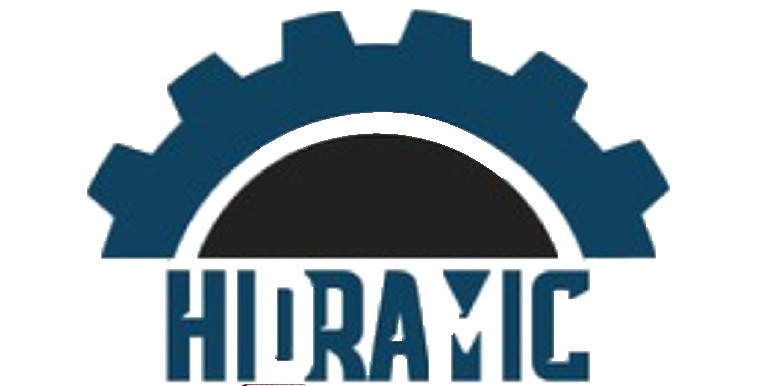

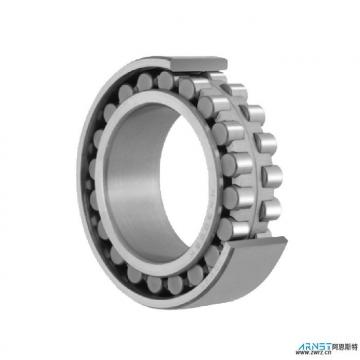 CRBH12025AUU Crossed Roller Bearing
CRBH12025AUU Crossed Roller Bearing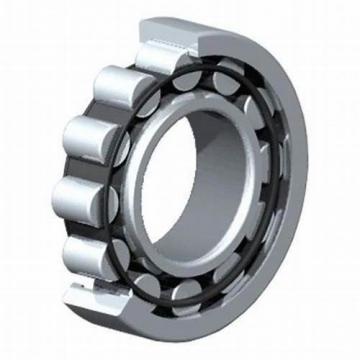 CRBH14025AUU Crossed Roller Bearing
CRBH14025AUU Crossed Roller Bearing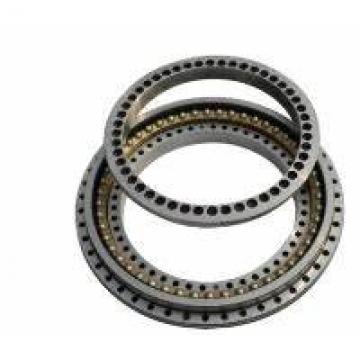 CRBH8016A Crossed roller bearing
CRBH8016A Crossed roller bearing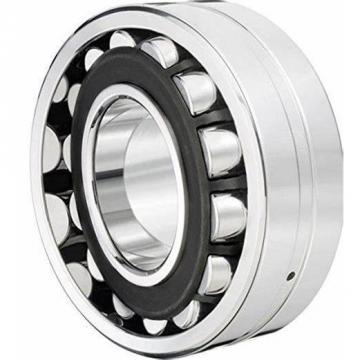 CRBH9016A Crossed roller bearing
CRBH9016A Crossed roller bearing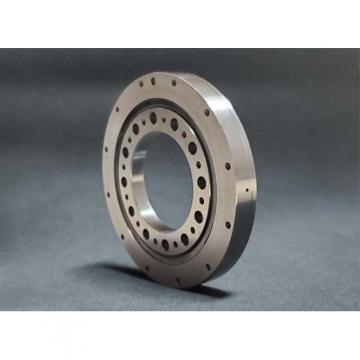 CRBH13025AUU Crossed Roller Bearing
CRBH13025AUU Crossed Roller Bearing